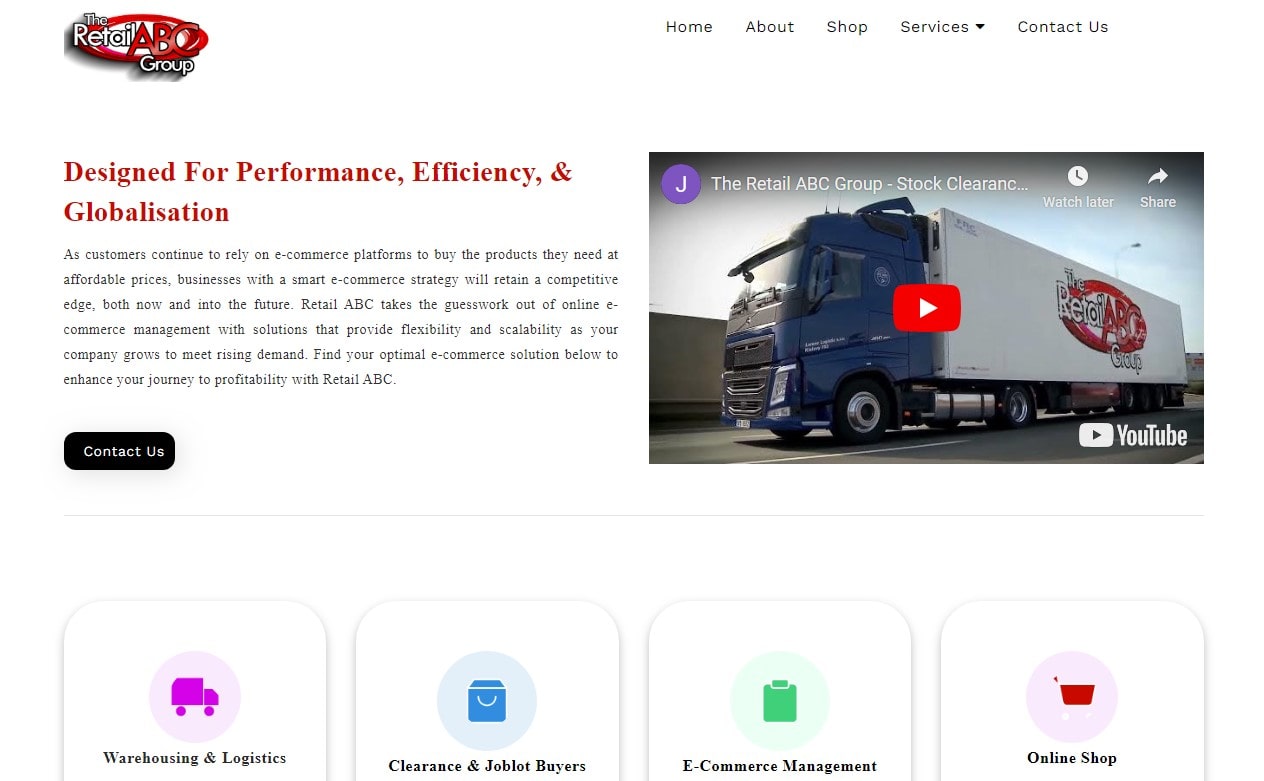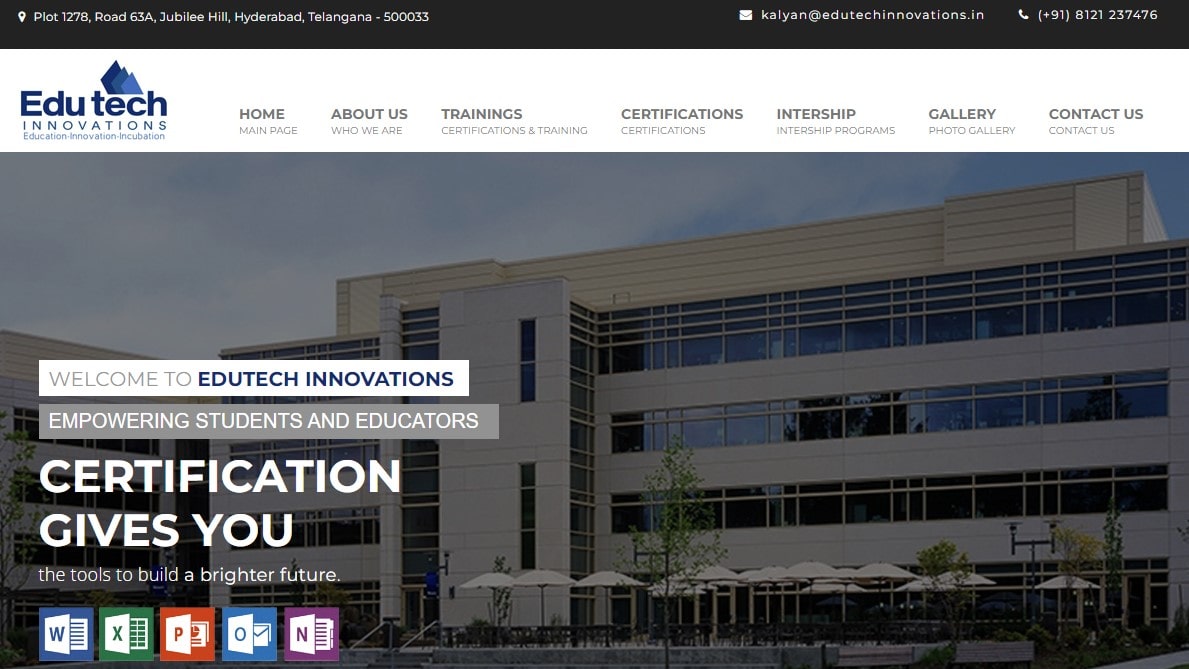Imagine setting sail without a compass or a map. Sounds like a recipe for a comedy show. Yet, navigating without clear goals in business can be equally chaotic and far less amusing. Business goals are the compass and map for any enterprise, guiding the way through the tumultuous seas of the market. Here at Plerdy, we understand the significance of setting and achieving these goals, as they are pivotal in determining the success and direction of a business. This introduction emphasizes business goals to make your company journey purposeful and productive.

Understanding Business Goals
In the quest for business success, setting clear goals is not just an option; it’s a necessity. It’s like plotting a course on a map before embarking on a journey. This section delves into the essence of business goals and their varied forms.
Business goals are the driving force behind every successful company. They provide a clear direction and a benchmark for measuring progress. Understanding business goals and how they differ from other objectives is crucial for any entrepreneur or manager.
Defining Business Goals
Business goals are specific targets that an organization sets to guide its operations and measure its success. These goals can be broad, like increasing overall market share, or more specific, like launching a new product line by a certain date. Unlike everyday tasks or short-term objectives, business goals often reflect the company’s mission and vision as milestones toward achieving the bigger picture. They are typically ambitious yet achievable, designed to push the organization forward meaningfully. For instance, a goal might be to ‘Increase annual revenue by 20% by the end of the fiscal year,’ which is both measurable and time-bound.
Types of Business Goals
Business goals come in various types, each addressing different aspects of a business’s growth and development. Here are some common types:
- Financial Goals: These are often the most quantifiable, focusing on revenue, profit margins, cost reduction, and return on investment. For example, a business may set a goal to ‘Decrease operational costs by 15% in the next two years’.
- Customer-focused Goals revolve around enhancing customer satisfaction, increasing customer base, and improving customer service. A typical goal is ‘To achieve a customer satisfaction score of 90% by Q3’.
- Operational Goals: These goals aim to enhance the efficiency and effectiveness of business processes. For example, ‘Implement a new inventory management system by Q2 to reduce waste by 10%’.
- Employee Development Goals: Goals may include ‘Implement a thorough employee training program before the end of the year’ to improve employee growth and happiness.
- Market Expansion Goals: These involve entering new markets or expanding existing ones. A goal is ‘To enter two new international markets in the next 18 months’.
Each type of goal plays a crucial role in driving a business towards success. Aligning these goals with the company’s overall strategy ensures that every effort contributes to the bigger picture.
Understanding and setting business goals is fundamental to navigating the complex world of corporate success. By precisely identifying and categorizing your goals, you lay the groundwork for success.
Forbes, an authority in the business world, offers extensive insights into setting effective business goals, further emphasizing their importance in any successful business strategy.
The Importance of Setting Business Goals

Setting business goals is akin to defining the destination for a journey. Without them, companies can meander aimlessly, often losing their competitive edge in the market. Goals are not just targets but the heartbeat of strategic planning and execution.
The significance of setting business goals transcends mere planning; it’s about instilling a sense of direction and purpose within an organization. It’s a strategic move that aligns resources, drives focus and measures progress. Goals serve as a roadmap, guiding businesses through the complexities of the market and ensuring that every step taken is intentional and well-directed.
Benefits of Goal Setting
The benefits of setting business goals are multifaceted. Firstly, they provide:
- Clarity and direction.
- Allowing firms to target specific goals.
- Leading to more efficient resource allocation.
For example, a goal to increase market share by 15% in two years directs marketing and sales efforts more precisely than a vague intention to ‘grow the business.’
Goals also enhance motivation and engagement among employees. When staff understand the business objectives, they are more likely to be invested in their work and contribute effectively towards these goals. Moreover, clear goals facilitate better decision-making, as choices can be weighed against these predetermined objectives, ensuring consistency in business strategy.
Real-World Impact of Goals on Businesses
In the real world, the impact of well-set goals is evident in successful businesses. For instance, companies that set clear financial goals often exhibit better financial health. According to a study by Harvard Business Review, companies with specific goals showed a 30% higher return on investments than those without.
Customer satisfaction and loyalty can also increase with customer-focused initiatives. The business profits in the long term from happy customers who return and refer. For instance, a goal to reduce customer response time from 24 hours to 12 hours can enhance customer service ratings.
Any firm that wants to succeed and develop must have goals. Goals are the anchors that keep a business steady and focused, driving it toward its ultimate vision. Thus, any firm seeking success in today’s competitive market must understand and apply effective goal-setting procedures.
Crafting Effective Business Goals
Creating effective business goals is like sculpting: you start with a rough idea and refine it into something impactful and realistic. It’s about transforming aspirations into actionable and measurable steps that propel a business forward. This section explores the art of crafting goals that resonate with a business’s vision and are achievable and motivating.
Crafting effective business goals is a critical process that requires thoughtful consideration and strategic planning. It involves more than just stating desires; it’s about setting a clear path for your business. An effective goal should be a guiding light, not just a distant star.
What Makes a Goal SMART

The SMART criteria are essential for setting effective business goals. SMART—Specific, Measurable, Achievable, Relevant, and Time-bound—is essential to goal-setting.
- Specific: Clear, explicit goals create direction. For instance, “increase sales” is too vague, whereas “increase sales by 20% in the next quarter” gives a clear target.
- Measurable: A goal should have criteria for measuring progress. If you can’t measure it, you can’t manage it. For example, tracking monthly sales or website traffic can help gauge if you’re on track to meet your goal.
- Achievable: While goals should be challenging, they must also be attainable. Unrealistic goals can demoralize your team. Assess your resources and constraints to ensure your goal is feasible.
- Relevant: You should set goals that support your business and primary ambitions. Rather than boosting website traffic, an online firm may want to “increase website conversion rates by 15% in six months”.
- Time-bound: Setting a deadline motivates and focuses. A time-bound goal might be to “launch the new product line by Q3.”
Examples of SMART Business Goals
To illustrate the SMART criteria in action, let’s look at some examples:
- Specific and Measurable: “Grow the email subscriber list by 25% by the end of Q2” sets a clear target and is easily measurable via subscriber count.
- Achievable and Relevant: A goal like “Open two new store locations in the next 18 months” could be achievable and relevant for a small business, assuming market research supports expansion.
- Time-bound: A goal such as “Increase after-sales customer satisfaction ratings to 90% within one year” is specific and measurable and has a clear timeline.
These examples show how SMART goals can be applied across different business aspects, from marketing and sales to customer service.
Business goal-setting is both art and science. By applying the SMART criteria, businesses can set goals that are clear, attainable, and aligned with their strategic vision. Ultimately, well-crafted goals pave the way for business success and continued growth.
Strategies for Achieving Business Goals
Imagine your business goals as distant peaks. Reaching them isn’t just about knowing where they are but understanding how to traverse the path to them. This section explores effective strategies for transforming business goals from ambitious visions to tangible achievements.
Crafting strategies to achieve business goals is like charting a course through uncharted territory. It’s about breaking down the journey into manageable steps, navigating potential obstacles, and staying the course until the destination. These strategies act as your business’s GPS, guiding you through the twists and turns of corporate landscapes.
Planning and Resource Allocation
Effective planning and resource allocation are cornerstones of achieving business goals. This begins with a comprehensive plan that outlines the steps necessary to reach each goal. It should include detailed actions, timelines, and milestones. For instance, if a goal is to launch a new product, the plan might include market research, product development stages, marketing strategies, and a launch timeline.
Resource allocation is equally crucial. It involves assigning the manpower, budget, and tools necessary for each plan phase. Under-resourcing is a common pitfall in goal achievement, which can lead to delays and subpar results. On the other hand, over-resourcing can lead to inefficiencies and wasted potential. Tools like Project Management Software can be invaluable in ensuring resources are allocated efficiently.
Tracking Progress and Adjusting Goals
Once the plan is in motion, tracking progress becomes vital. This involves regular check-ins against the set milestones and KPIs. It’s not just about measuring what’s been accomplished but also understanding the quality of the outcomes. To boost customer happiness, survey and analyze customer feedback periodically.
Equally important is the flexibility to adjust goals. The business world is dynamic, and rigid adherence to a goal that no longer serves the business’s best interests can be detrimental. Adjustments might be necessary due to changes in market conditions, new competitor strategies, or internal challenges. The agility to pivot and re-align goals with the current business landscape is a hallmark of a resilient business strategy.
Achieving business goals is a systematic process that demands careful planning, efficient resource allocation, ongoing progress tracking, and the flexibility to make adjustments. These strategies form the blueprint for navigating the complex journey toward business success, turning goals into realities. By implementing these strategies, businesses can ensure they’re on the right path, making steady progress toward their objectives.
Case Studies: Successful Business Goals in Action
The true test of any business goal lies in its execution and the tangible results it yields. Like a well-written story, successful business goals have a narrative demonstrating the journey from conception to realization. This section explores real-world case studies where businesses set and triumphantly achieved their goals, offering valuable insights for others to emulate.
Case studies offer a window into the practical application of business theories and strategies. They provide a blueprint of success, showing how others have navigated the business landscape to meet their objectives. Let’s dive into some real-world examples where setting and achieving business goals led to remarkable success.
Case Study 1

- Company: XYZ Tech (a pseudonym for a real tech company)
- Goal: To increase market share in the competitive tech industry by launching an innovative product.
XYZ Tech, a rising star in the technology sector, faced the challenge of distinguishing itself in a crowded market. Their goal was ambitious: to increase their market share by launching an innovative tech product. The plan involved extensive market research to identify gaps in consumer needs, followed by a focused development phase where the company pooled its best talents to create a groundbreaking product.
The result was a state-of-the-art gadget that met and exceeded market expectations. XYZ Tech successfully launched the product through targeted marketing strategies and partnerships, gaining substantial media attention and consumer interest. Within the first quarter post-launch, the company observed a significant increase in market share, outpacing several competitors.
This success was attributed to meticulous planning, understanding of the market, and leveraging the company’s strengths in innovation and marketing.
Case Study 2

- Company: ABC Retail (a pseudonym for a real retail chain)
- Goal: Improve customer happiness and loyalty in all stores nationally.
ABC Retail, a national retail chain, recognized the need to enhance customer satisfaction to increase loyalty and repeat business. The company set a goal to improve customer satisfaction scores by 20% over two years. This required a multi-faceted approach, including staff training, revamping the customer feedback system, and improving in-store experiences.
The company conducted comprehensive staff training focused on customer service excellence, implemented a more robust customer feedback system, and made significant changes to store layouts and product offerings based on customer input. Additionally, ABC Retail introduced a loyalty program that offered rewards and personalized shopping experiences.
The outcome was a notable increase in customer satisfaction scores, as measured through surveys and feedback. The enhanced customer experience increased customer loyalty, as evidenced by repeat purchases and positive word-of-mouth.
Case Study 3

- Company: Green Grocer (a pseudonym for a real sustainable grocery chain)
- Goal: To dramatically reduce operations and supply chain carbon emissions in three years.
Green Grocer, a leading player in the sustainable grocery market, embarked on an ambitious goal to cut its carbon footprint drastically. The strategy involved:
- Overhauling their supply chain to prioritize local and eco-friendly suppliers.
- Implementing energy-efficient practices in all stores.
- Reducing waste through innovative recycling programs.
The journey was complex, involving reevaluating supplier contracts, investing in green technologies, and educating staff and customers about sustainable practices. The company also launched a series of community outreach programs to promote environmental awareness.
The results were impressive. Green Grocer reduced its carbon emissions by 30% within the target period, surpassing its original goal. Sustainable business strategies boosted the company’s environmental impact, brand reputation, and customer loyalty, indicating that ethical and successful business operations coexist.
Case Study 4

- Company: EduTech Innovations (a pseudonym for a real education technology company)
- Goal: To expand their online learning platform’s user base by 50% in one year.
EduTech Innovations, a dynamic player in the education technology sector, set out to dramatically increase the user base of their online learning platform. The strategy focused on expanding the range of courses offered, enhancing user experience, and implementing targeted marketing campaigns.
The expansion involved partnering with renowned educators and institutions to offer a more diverse range of courses. The company invested heavily in upgrading its technology to provide a more interactive and user-friendly platform. Additionally, strategic marketing efforts were aimed at reaching new demographics and geographies.
The outcome was a significant 60% increase in the user base, exceeding the initial goal. EduTech Innovations not only broadened its market reach but also received acclaim for the quality and diversity of its educational offerings, reinforcing its position as a leader in the online education industry.
Case Study 5
- Company: Fitness Forward (a pseudonym for a real fitness equipment manufacturer)
- Goal: To become the region’s top seller of innovative fitness equipment within two years.
Fitness Forward, an emerging fitness equipment manufacturer, aimed to dominate the regional market with its innovative product line. The goal involved developing a new range of high-tech, user-friendly fitness equipment and establishing strong distribution channels.
The company invested in research and development to create state-of-the-art fitness machines catering to individual and commercial clients. They focused on ergonomic designs and incorporating smart technology for enhanced user experiences. Additionally, Fitness Forward built partnerships with major retailers and online platforms to expand its distribution network.
The strategy paid off, with Fitness Forward becoming the top seller in the region within the two-year timeframe. The success was attributed to the company’s commitment to innovation, quality, and strategic market positioning. The achievement boosted revenue and positioned Fitness Forward as a trendsetter in the fitness equipment industry.
These case studies demonstrate the transforming power of clear, practical company goals. They demonstrate that with a well-defined goal, a strategic approach, and an unwavering commitment to execution, businesses can achieve remarkable outcomes. These success stories inspire and teach businesses to set goals.
Conclusion
As we reach the end of our exploration of business goals, remember that the journey to achieving them is as crucial as the goals themselves. The insights and strategies discussed here are just the beginning. If you’re eager to dive deeper and discover more ways to steer your business toward success, Plerdy’s blog is a treasure trove of knowledge waiting to be explored. And for those looking to harness the power of effective website analytics and SEO to meet their business goals, Plerdy offers the tools and insights to make your aspirations a reality. Embark on this journey with Plerdy and transform your business goals into achievements.
